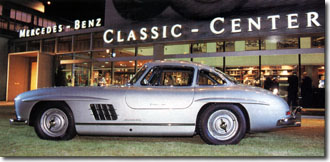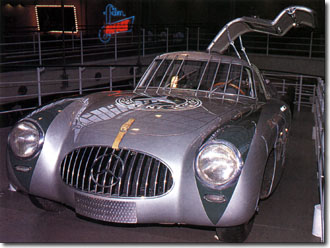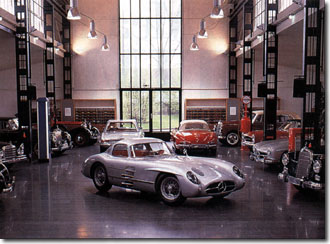
Star Quality

As the world's oldest car maker, Mercedes-Benz has plenty of heritage. Daimler-Benz Classic is there to make sure it stays that way.

Star Quality

As the world's oldest car maker, Mercedes-Benz has plenty of heritage. Daimler-Benz Classic is there to make sure it stays that way.
First On Four Wheels
 Toward the end of the 19th century self-propelled vehicles were obviously nothing new, their initial conception dating back at least half a millennium. But nobody had as of yet brought all of the ingredients together to create what we conceive of as a true automobile. This is where Gottlieb Daimler and Karl Benz enter the equation.
Toward the end of the 19th century self-propelled vehicles were obviously nothing new, their initial conception dating back at least half a millennium. But nobody had as of yet brought all of the ingredients together to create what we conceive of as a true automobile. This is where Gottlieb Daimler and Karl Benz enter the equation. The Star Goes Racing
Champions Again
 One year later, all of the program's objectives were realized when the Sauber C9 and C l l cars obliterated the opposition. The team won 16 out of 18 races entered in 1989, including Le Mans, and demonstrated that the amazing Silver Arrows were indeed back.
One year later, all of the program's objectives were realized when the Sauber C9 and C l l cars obliterated the opposition. The team won 16 out of 18 races entered in 1989, including Le Mans, and demonstrated that the amazing Silver Arrows were indeed back. The Mercedes Mystique
|
| |||||||||||
Copyright © 1996, 1997, 1998 The Auto Channel.
Send questions, comments, and suggestions to
Editor-in-Chief@theautochannel.com